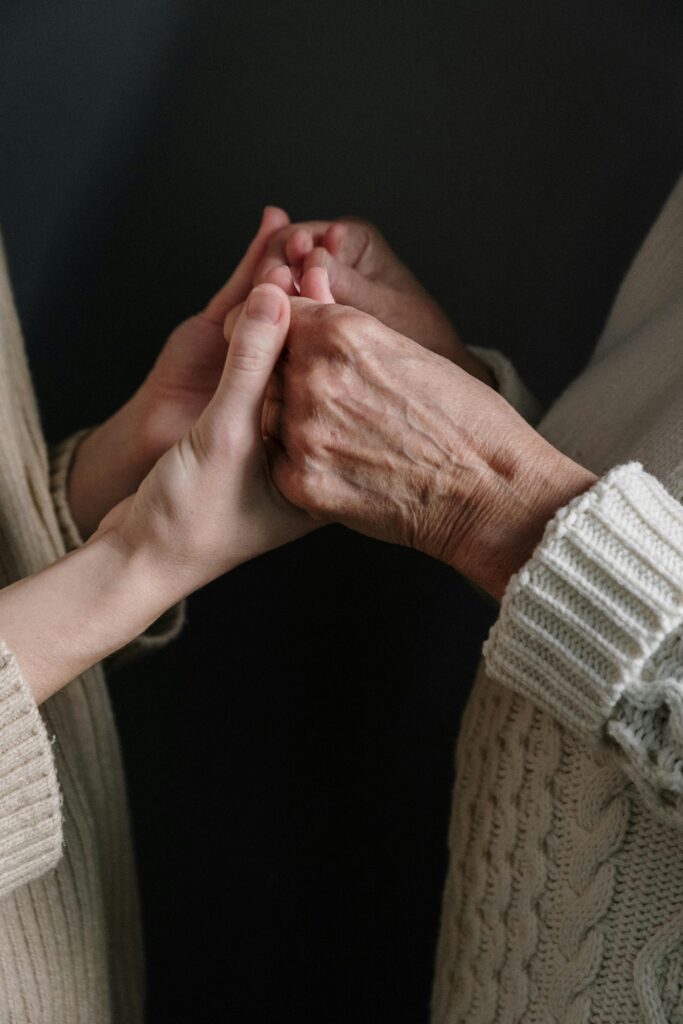Call our office or fill out the contact form. We listen to your concerns, your loved one’s diagnosis, and what has been happening at home so we can recommend the right level of support.
Live-In Care in New York City
Live-in care in New York City means that a caregiver stays in the home with your loved one around the clock, so they are never alone. This is the safest option for seniors who need help day and night but want to stay in the comfort of their own home instead of a nursing facility.
At ProLife Home Care, our live-in caregivers assist with daily activities, safety, medication reminders, and companionship, giving families peace of mind 24 hours a day.
